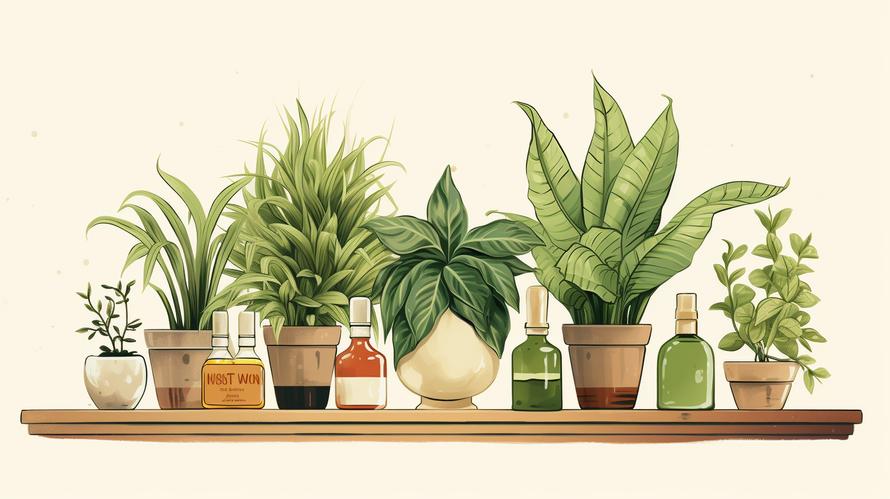Did you know that poor air quality in homes and offices is among the top five health risks, according to the Environmental Protection Agency? As terrifying as this might seem, the solution might lie right in your garden, the local nursery, or even the supermarket around the corner! You are just about to discover the natural secret to freshening up your living space while adding a touch of elegance and vibrancy.
We frequently attribute air pollution to outside forces such as car emissions, factory smoke, wildfires, among others. While these are indeed major sources, they aren’t the only culprits. Research reveals that indoor air can be 2 to 5 times more polluted than outside air. This is due to the concentration of volatile organic compounds (VOCs) from everyday household items such as paints, cleaning agents, air fresheners, pesticides, and even printers. But here’s the interesting part, indoor plants can help purify your home’s air.
NASA’s famous Clean Air Study identified specific plants with the ability to filter harmful toxins and improve overall air quality. Discover the five most potent plants that can keep your home’s air clean, fresh, and healthy.
1. Spider Plant (Chlorophytum comosum)
The Spider Plant, known for its rich, foliage, and small white flowers, is an excellent choice for a home air filter. A resilient indoor plant, it thrives even in less-than-ideal conditions and requires very minimal care. A relative of the tropical plants, spider plant excels in removing formaldehyde and xylene from the air, two common air pollutants in homes.
2. Peace Lily (Spathiphyllum)
If you’re keen on improving your home’s aesthetics while purifying the air, Peace Lily is the go-to plant. Besides removing alarming amounts of benzene and trichloroethylene, Peace Lilies can also combat toluene and xylene. During NASA’s study, this beautiful plant ranked number one in air-cleaning abilities. It’s certainly a stunning yet hardworking addition to your home, but please be aware, Peace Lilies are toxic when ingested by humans and pets.
3. Snake Plant/Mother-in-Law’s Tongue (Sansevieria trifasciata)
Known for their long, upright leaves, Snake Plants or Mother-in-Law’s Tongue bring a touch of beauty and simplicity into your home. More importantly, they’re top on the list of air-purifying plants. Snake Plants are especially known for their extraordinary ability to filter formaldehyde, benzene, xylene, and trichloroethylene— all common indoor air pollutants.
4. English Ivy (Hedera helix)
English Ivy doesn’t just make for a beautiful addition to your home decor; it does a fantastic job at air purification too. Scientifically shown to remove benzene, formaldehyde, trichloroethylene, and xylene, this resilient plant is also known for its ability to reduce airborne mold particles, making it a great option for those suffering from allergies.
5. Bamboo Palm (Chamaedorea seifrizii)
A terrific air purifying plant, the Bamboo Palm is particularly effective at clearing out benzene and trichloroethylene. It’s also a great natural humidifier, releasing a healthy dose of moisture into the air that can be extremely beneficial in arid climates or during the dry winter months.
Now you’re equipped with the power to create not just a green sanctuary, but also a cleaner, healthier living space. Incorporating these plants into your home decor is a fantastic and natural way to reduce harmful toxins and improve air quality.
How about we start bringing life into our homes, one plant at a time? After all, what’s better than a home that looks good, feels good, and more importantly, breathes healthy?
Just remember, while these plants can significantly improve the air quality inside your home, they are not a substitute for air filters, purifiers, or regular cleaning. It’s essential to continue proper ventilation, routine cleaning, and regular maintenance of your heating and cooling system to ensure the optimal air quality in your home.
So, are you ready to transform your living quarters into a healthier, greener, and more inviting space? Remember, a breathable home is a livable home.
Enjoy the process of creating your own indoor gardens and breathe easier knowing you’re doing something good for yourself, your loved ones, and the environment.



